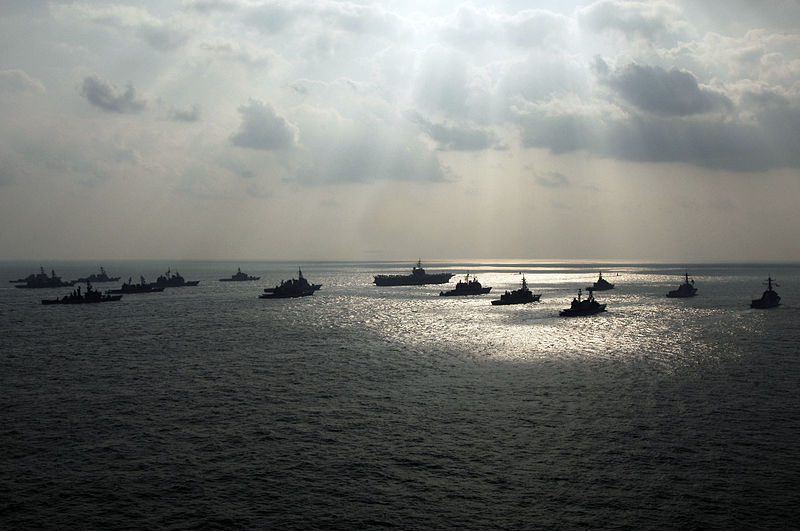concepts and principles of the law of the sea, How does the law of the sea tie to sovereignty?, How does unclos protect sovereignty?, Principle of Sovereignty, Principles of the Law of the Sea, sovereignty unclos, the land dominates the sea’ (principle),The Principle of the Domination of the Land over the Sea, What is the principle of freedom of the seas?, What is the theory of state sovereignty?
In contrast to the principle of freedom, the principle of sovereignty seeks to safeguard the interests of coastal States. This principle essentially promotes the extension of national jurisdiction into offshore spaces and supports the territorialisation of the oceans. It has been considered that the concept of the modern State was formulated by Emer de Vattel. It is not surprising that the modern concept of the territorial sea was clearly presented by the same writer. In his book published in 1758, de Vattel stated:
When a nation takes possession of certain parts of the sea, it takes possession of the empire over them, as well as of the domain, on the same principle which we advanced in treating of the land (§205). These parts of the sea are within the jurisdiction of the nation, and a part of its territory: the sovereign commands there; he makes laws, and may punish those who violate them; in a word, he has the same rights there as on land, and, in general, every right which the laws of the state allow him.
On the other hand, de Vattel denied that the high seas could be appropriated by States. Thus, he clearly distinguished the sea under territorial sovereignty from the high seas. De Vattel’s conception represented a prototype of the law of the sea in a modern sense. A maritime belt adjacent to the coast became increasingly important for coastal States for purposes of neutrality, security, customs control, sanitary regulations, fisheries and economic policy on the basis of the doctrine of mercantilism. The claim over the maritime belt was thus consolidated as the territorial sea through State practice in the nineteenth century. At the international level, the dualism in the oceans which distinguishes the territorial sea from the high seas was clearly confirmed in the Bering Sea Fur-Seals case between Great Britain and the United States of America of 1893. A principal issue of this arbitration related to the question of whether the United States had any rights of protection in the fur-seals frequenting the US islands in the Bering Sea when such seals are found outside the ordinary 3-mile limit.
In this case, the Arbitral Tribunal rejected, by a majority of five to two, the right of the United States to the ocean beyond the ordinary 3-mile limit with respect to the protection of the fur-seals industry. In so ruling, the Arbitral Tribunal made clear that the coastal State could not exercise jurisdiction over the high seas beyond the 3-mile limit. It would seem to follow that the coastal State can exercise jurisdiction over the sea up to the 3-mile limit.
In summary, on the basis of the principle of freedom and the principle of sovereignty, the ocean has been divided into two categories. The first category relates to marine space adjacent to coasts subject to the national jurisdiction of the coastal State. The second category concerns marine space beyond national jurisdiction where the principle of freedom
applies. Until the mid-twentieth century, the scope of the territorial sea was limited to the narrow maritime belt, and the enormous area of the oceans remained the high seas. It could well be said that the oceans were dominated by the principle of freedom at that time.
After World War II, however, coastal States increasingly extended their jurisdiction towards the high seas in order to control offshore resources. It may be said that the principle of sovereignty was a catalyst for development of the law of the sea after World War II. In any case, there is little doubt that the coordination of the economic and political interests of maritime States and coastal States has until recently been a central issue in the international law of the sea.

source: The International Law of the Sea, Yoshifumi Tanaka

